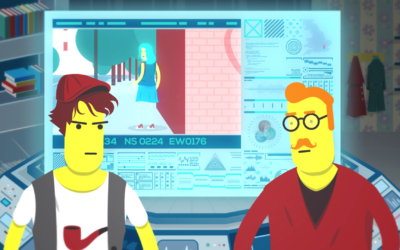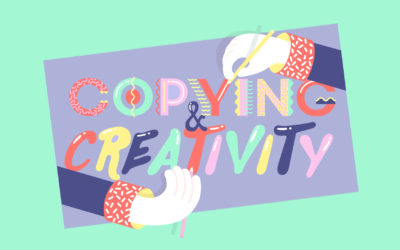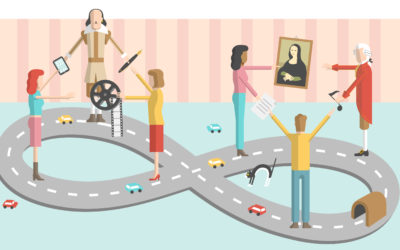10. What can I borrow from someone else’s work? Where is the line between inspiration and copying?
Copyright protects only the expression of ideas, not the ideas themselves. For example, two artists may paint the same scene but portray them in ways that are slightly different, without infringing each other’s copyright. At the same time, the fact that the series Lost is copyright protected does not prevent you from writing a story about a number of people who are forced to live on a remote island after a plane crash.
Taking inspiration from someone else’s work is therefore acceptable, but in order to have copyright in your work and avoid infringement you need to create something original by using your own skill, labour, judgement and effort. Using another’s work is copyright infringement when ‘the work as a whole or any substantial part of it’ has been copied. Unfortunately, the precise meaning of these concepts is defined on a case-by-case basis. In deciding cases like this, courts will weigh the potential impact upon the originator’s ability to market their work with the concern that other people should be able to use it in order to draw inspiration for future work. You can find more information about re-using someone else’s work here.
Related
The Game is On! – Ep. 1
In a fictional land called London, Sherlock Holmes and John Watson meet a curious client: the toymaker Joseph …
Copying & Creativity
A short video exploring the complex relationship between copying and creativity through the eyes of a young art student.
Using & Reusing
When creating new work, it is natural to be inspired by the work of others. However, there is an important distinction between simply being inspired and unlawfully copying.











